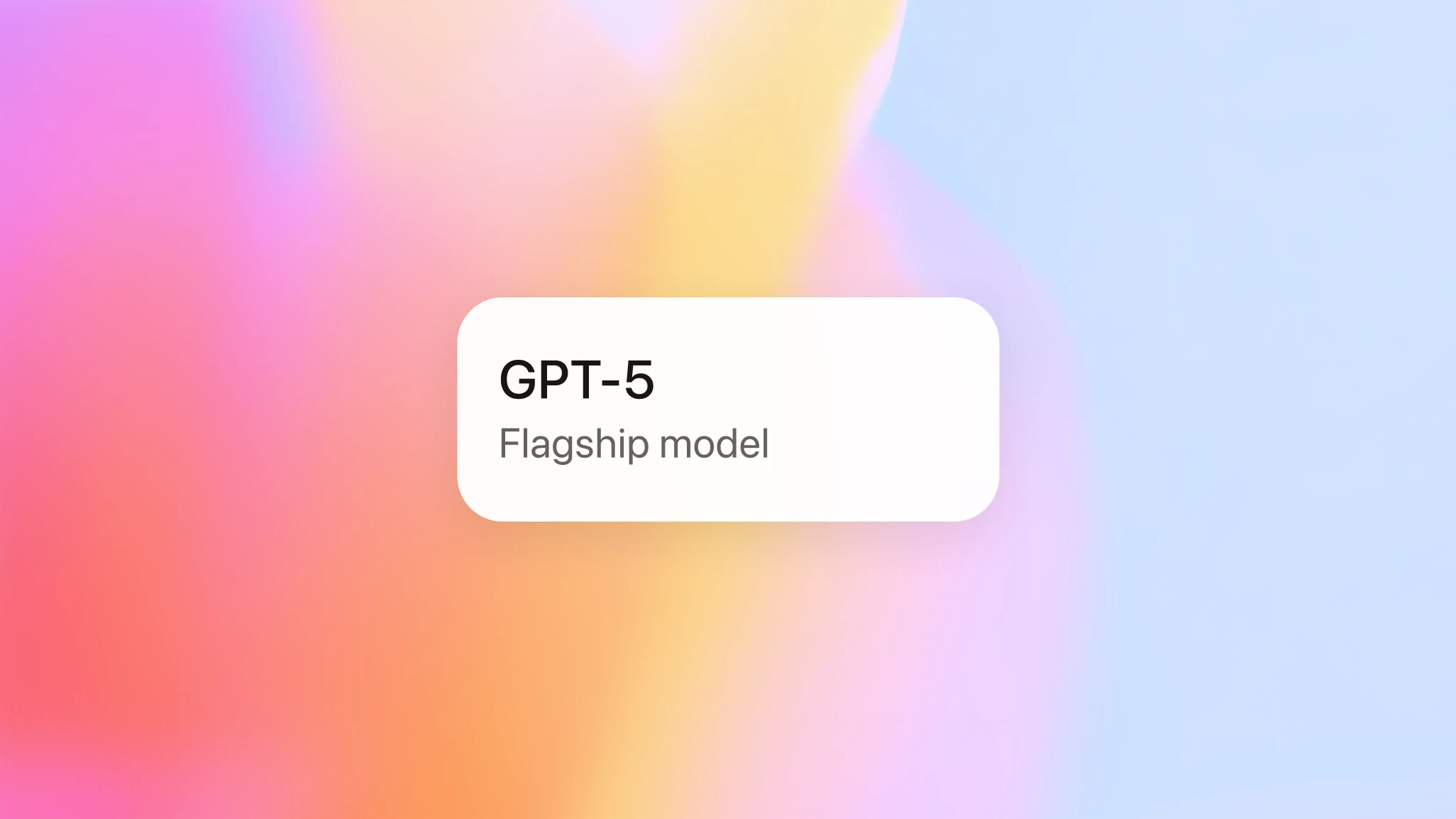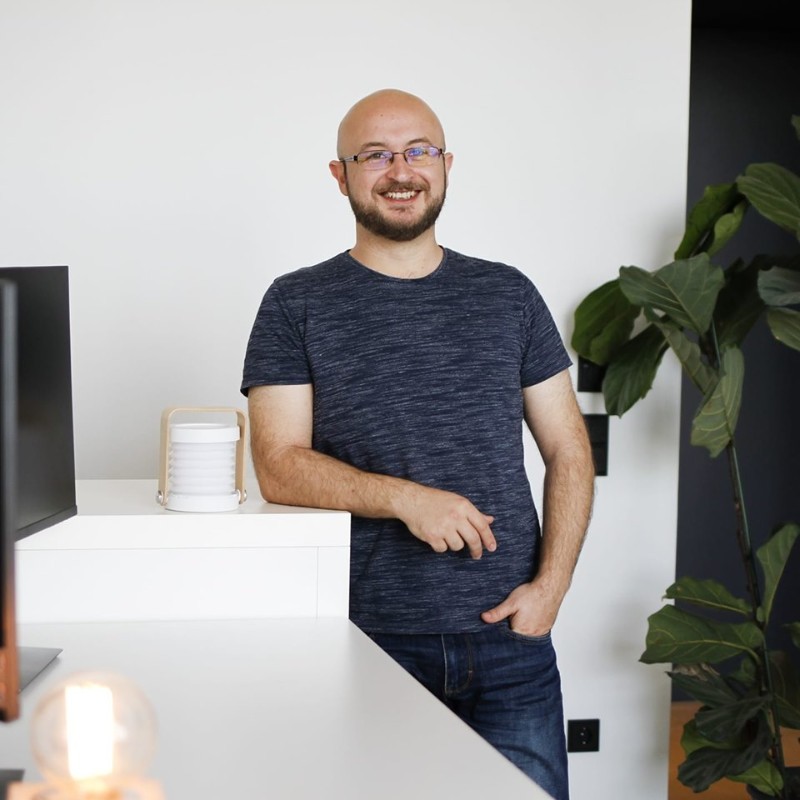
🚀 GPT-5 is Here: Smarter, Faster, Safer

Theodoros Dimitriou
August 7, 2025 • 5 min read • AI & Machine Learning

🤖 GPT-5 is Here: Smarter, Faster, Safer
On August 7, 2025, OpenAI officially unveiled GPT-5, its most powerful and versatile AI model yet. Whether you're a developer, content creator, researcher, or enterprise team—this release marks a new level of capability, usability, and trust in language models.
✨ What's New in GPT-5?
🧠 Smarter Than Ever
GPT-5 has been described by OpenAI CEO Sam Altman as having PhD-level reasoning capabilities. It's built to understand nuance, context, and intent with greater precision than any of its predecessors.
Whether you're writing complex code, exploring philosophical debates, or analyzing financial reports, GPT-5 adapts with sharpness and depth.
⚡ Dynamic Routing for Speed & Depth
GPT-5 introduces a unified system with intelligent model routing:
- Uses deep models for reasoning-heavy tasks
- Switches to lightweight "mini" or "nano" versions when speed is more important
- Automatically balances performance with responsiveness based on task complexity
This means you get faster responses for simple queries and deeper insights when it matters.
🛠️ Enhanced Capabilities
GPT-5 brings serious upgrades across the board:
- 🧮 Math & Logic: Improved accuracy and fewer hallucinations in calculations
- 🖥️ Coding: Now generates more robust, production-ready code
- 📚 Writing: Better narrative flow, tone control, and factual consistency
- 🧬 Health & Science: More informed responses backed by higher factual reliability
- 👁️ Visual & Multimodal Reasoning: Works better with images, diagrams, and complex visual prompts
🎨 Personalization & Integration
One of GPT-5's most exciting features is personality customization:
- Choose how GPT-5 responds—professional, humorous, sarcastic, supportive, etc.
- Paid users can integrate with Gmail and Google Calendar, allowing GPT-5 to offer truly contextualized assistance
You can also personalize the UI theme and layout in ChatGPT for a tailored experience.
🛡️ Safer, More Transparent AI
GPT-5 takes safety and reliability seriously:
- Admits when it can't complete a task
- Avoids hallucinating facts or fabricating content
- Gives more trustworthy feedback and transparent reasoning
Ideal for teams working in regulated industries like healthcare, finance, and education.
🧑💼 Enterprise-Grade Performance
GPT-5 is built to scale:
- Handles large-scale queries with improved speed and stability
- Especially strong in financial analysis, legal research, and technical documentation
- Available immediately for Team plans
- Coming to Enterprise and Education tiers starting next week
💻 For Developers: API Access is Live
The GPT-5 API is available now through https://platform.openai.com/, allowing you to:
- Integrate GPT-5 into your apps and tools
- Build AI-powered assistants, writing aids, or data analytics solutions
- Customize behavior via system instructions or fine-tuned personalities
Whether you're building tools for teams or consumers, GPT-5 brings speed and clarity that enhances every workflow.
🎥 Watch GPT-5 in Action
Check out these demonstrations of GPT-5's capabilities:
🌍 Global Impact: 700 Million Weekly Users
Thanks to the improvements in GPT-5, ChatGPT has now reached an estimated 700 million weekly active users across all tiers—Free, Plus, Team, Enterprise, and Education.
Its balance of intelligence, speed, and control is reshaping how people think about using AI in everyday work.
📦 Summary at a Glance
| Feature | Details |
|---|---|
| 📅 Release Date | August 7, 2025 |
| 🧠 Intelligence | PhD-level reasoning; more accurate and insightful |
| ⚙️ Model Routing | Automatically switches between deep and light models |
| 🔐 Safety | Better at saying "I don't know"; fewer hallucinations |
| 🎭 Customization | Personalities, UI themes, Gmail/Calendar integration |
| 🧑💻 Developer Access | API live for all use cases |
| 🏢 Enterprise Features | Tailored for high-stakes tasks; Edu access rolling out |
| 🌐 Reach | ~700M weekly users and growing |
🚀 Final Thoughts
GPT-5 is not just an upgrade—it's a shift in how we interact with artificial intelligence. It's faster, safer, and more adaptive than any version before it. Whether you're building, learning, leading a team, or just exploring what's possible, GPT-5 is ready to meet you where you are.
Want to go deeper into any specific feature—like how routing works, how to fine-tune responses, or how GPT-5 handles code generation? Let me know, and I'll break it down in an upcoming post.
Share this post
Help others discover this content by sharing it on your favorite social networks!
Subscribe to my Newsletter
Stay informed with the latest updates and insights.

Theodoros Dimitriou
Senior Fullstack Developer
Thank you for reading my blog post! If you found it valuable, please consider sharing it with your network. Want to discuss your project or need web development help? Book a consultation with me, or maybe even buy me a coffee ☕️ with the links below. Your support goes well beyond a coffee drink. Its a motivator to keep writing and creating useful content.
You might also like
🐳 12 Years of Docker: Shipping Projects Anywhere
Reflecting on over a decade of using Docker containers to build, ship, and run projects seamlessly across environments. Why Docker remains my favorite tool for development, deployment, and AI workflows.
Container Server Nodes in Orbit: The Next Revolutionary Step?
My thoughts on a crazy idea that might change everything: 2,800 satellite server nodes as the first step in a new global computing market from space.
The humanoid Robot Revolution is Real and it begins now.
From factory floors to family rooms, humanoid robots are crossing the threshold—driven by home‑first design, safe tendon-driven hardware, and learning loops that feed AGI ambitions.
The first time the AI won the humans and a championship.
In 1997, IBM's Deep Blue defeated Garry Kasparov in chess—the first time an AI beat the reigning world champion in match play. Here's a comprehensive timeline of AI's most important milestones from that historic moment to 2025, including George Delaportas's pioneering GANN framework from 2006.